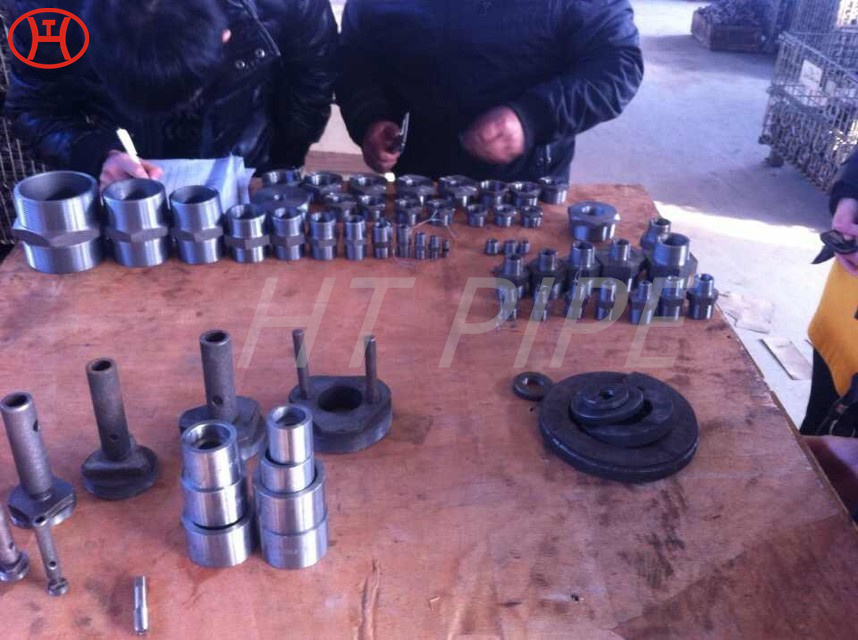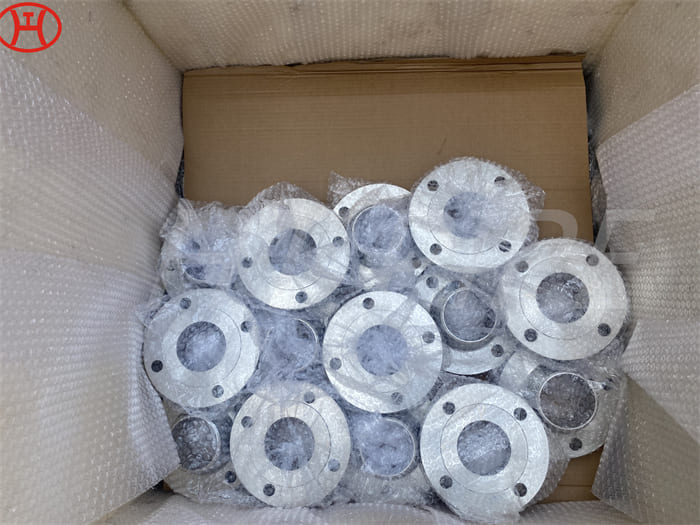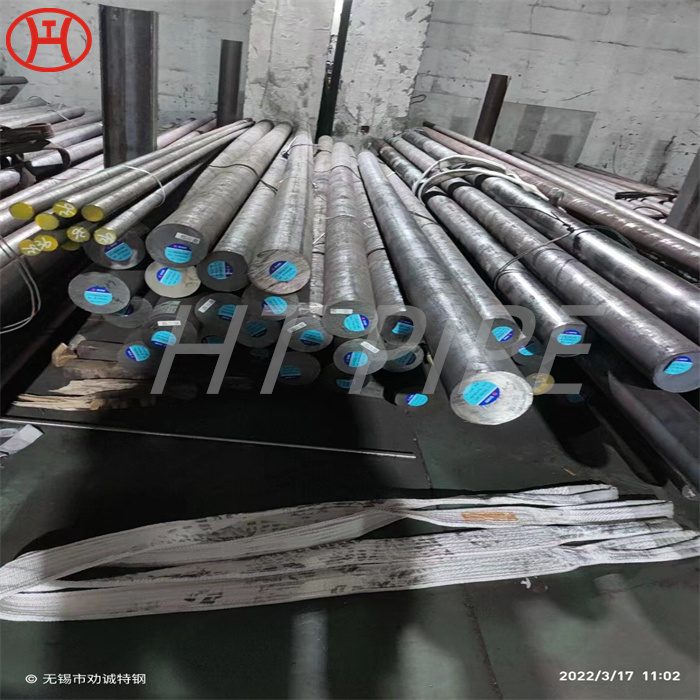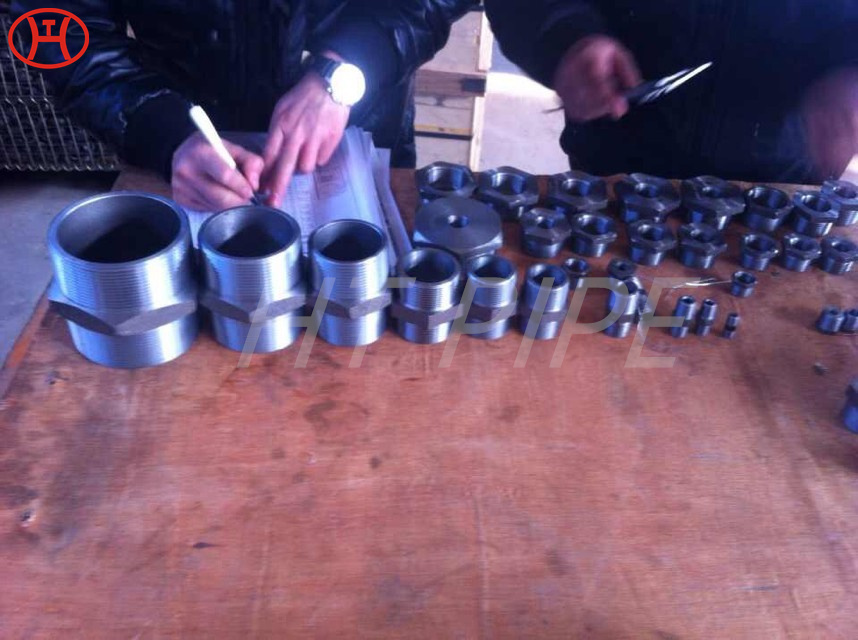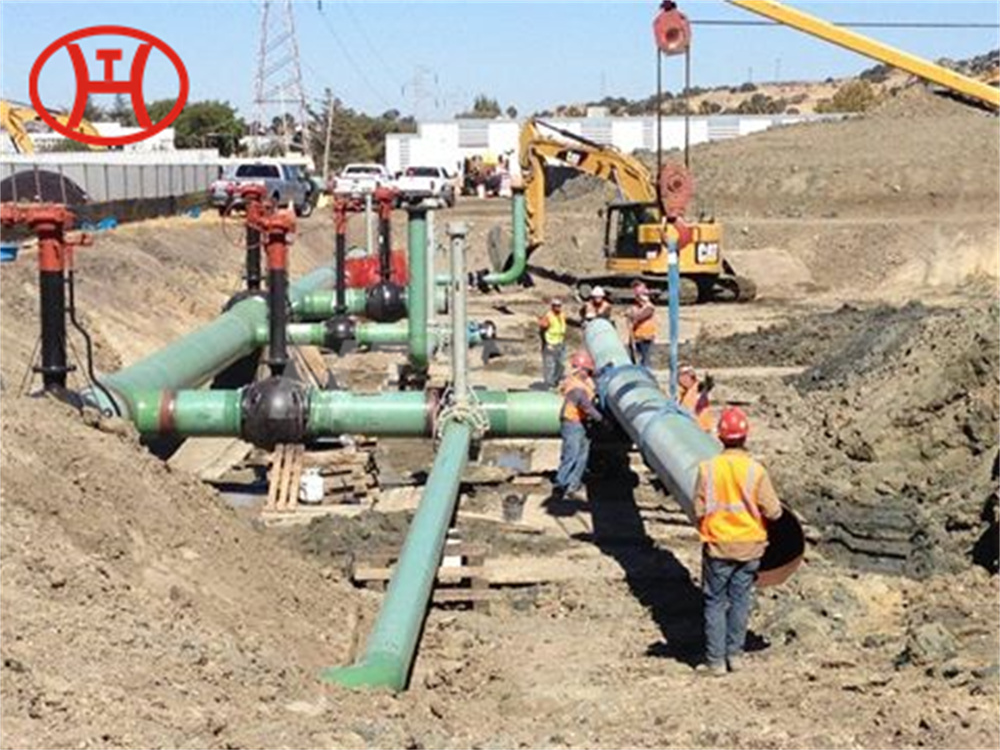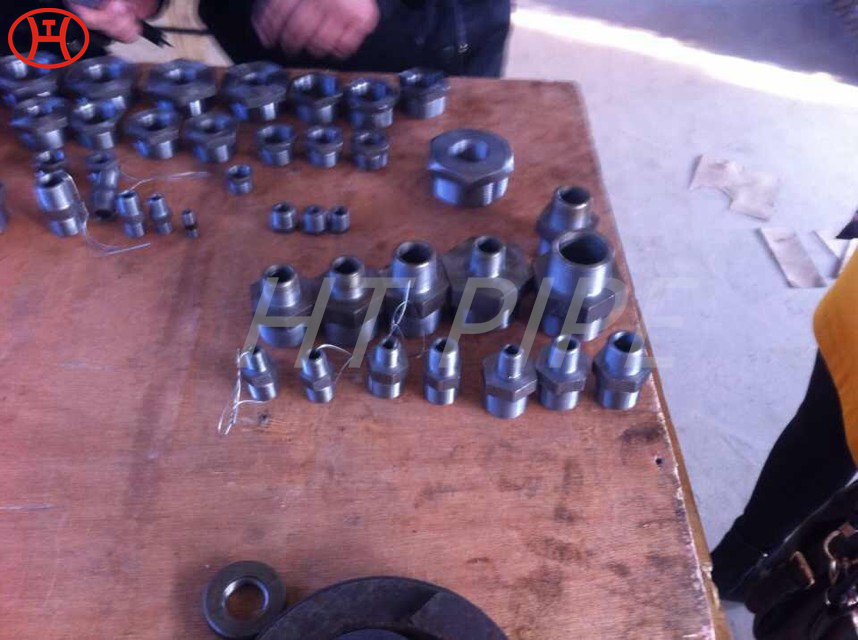Hastelloy B2 pipe bend able to resist getting corroded by hydrochloric acid
The Molybdenum of Hastelloy B2 pipe bend is the primary alloying element which provides significant corrosion resistance to reducing environments.
Hastelloy is a superalloy that has excellent tolerances in different environments. The Hastelloy B2 is a nickel, molybdenum alloy which is highly resistant to corrosion and can suffice in extreme conditions. These alloys resists carburization and graining after welding them together. These have the advantage of nickel and molybdenum providing resistance against the most reducing environments. The oxidation resistance is also high in these materials due to the addition of the chromium content. Hastelloy B2 UNS N10665 however could be used with care in systems which contain copper or iron as a mixture in the oxidizing or reducing media; especially hydrochloric acid. Hastelloy B-2 UNS N10665 is a nickel-base wrought alloy with excellent resistance to hydrochloric acid at all concentrations and temperatures.











